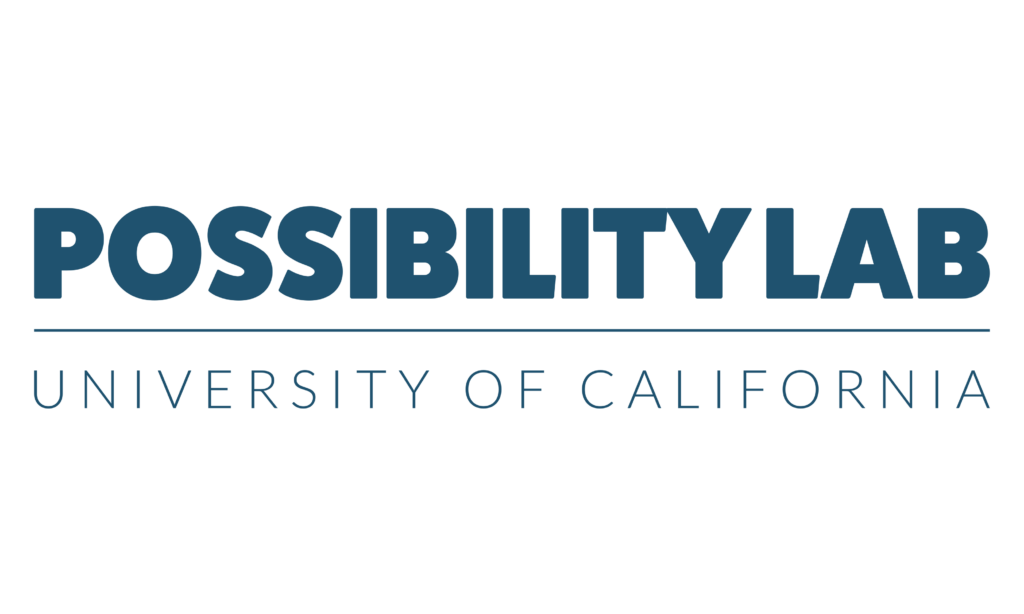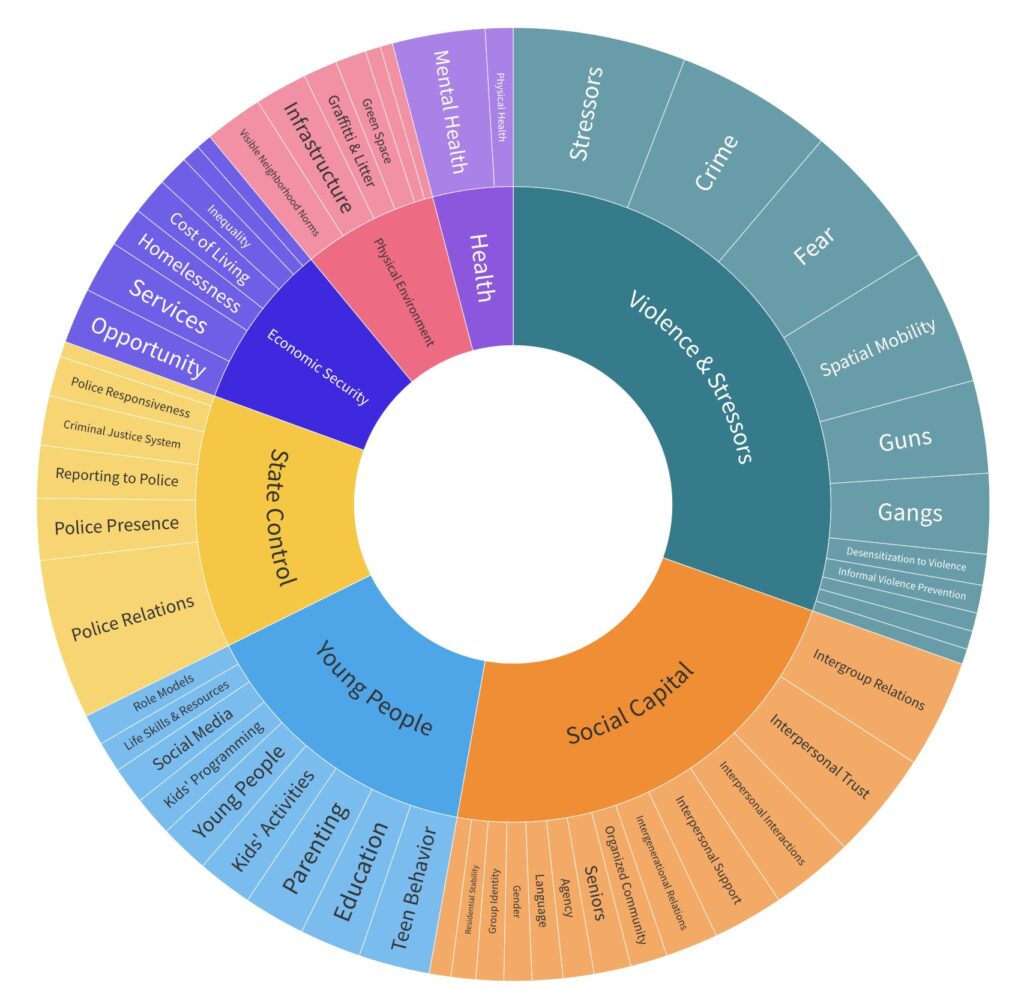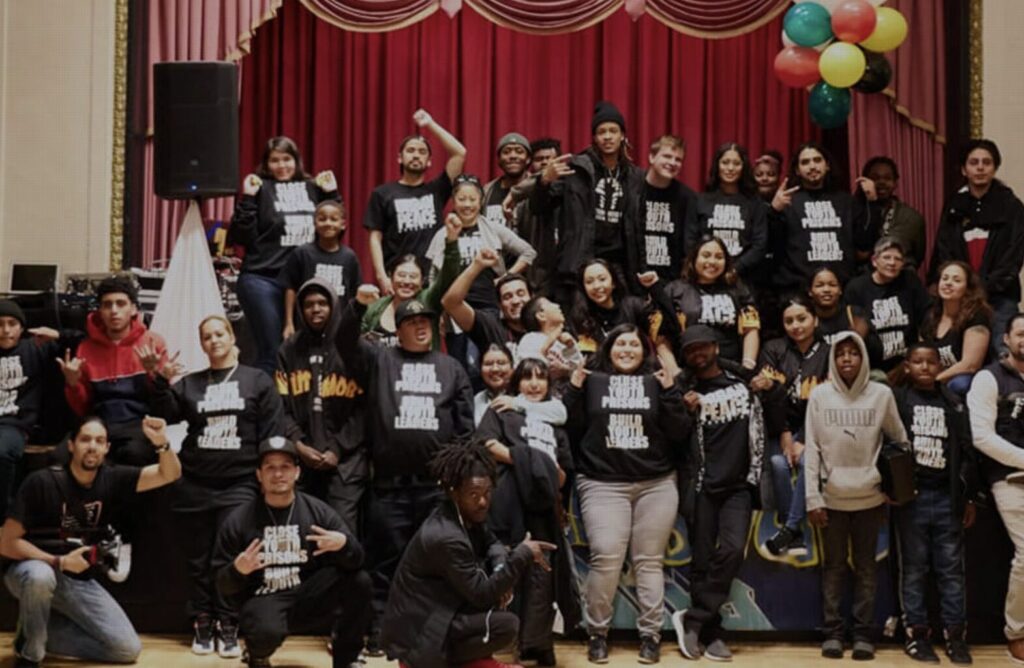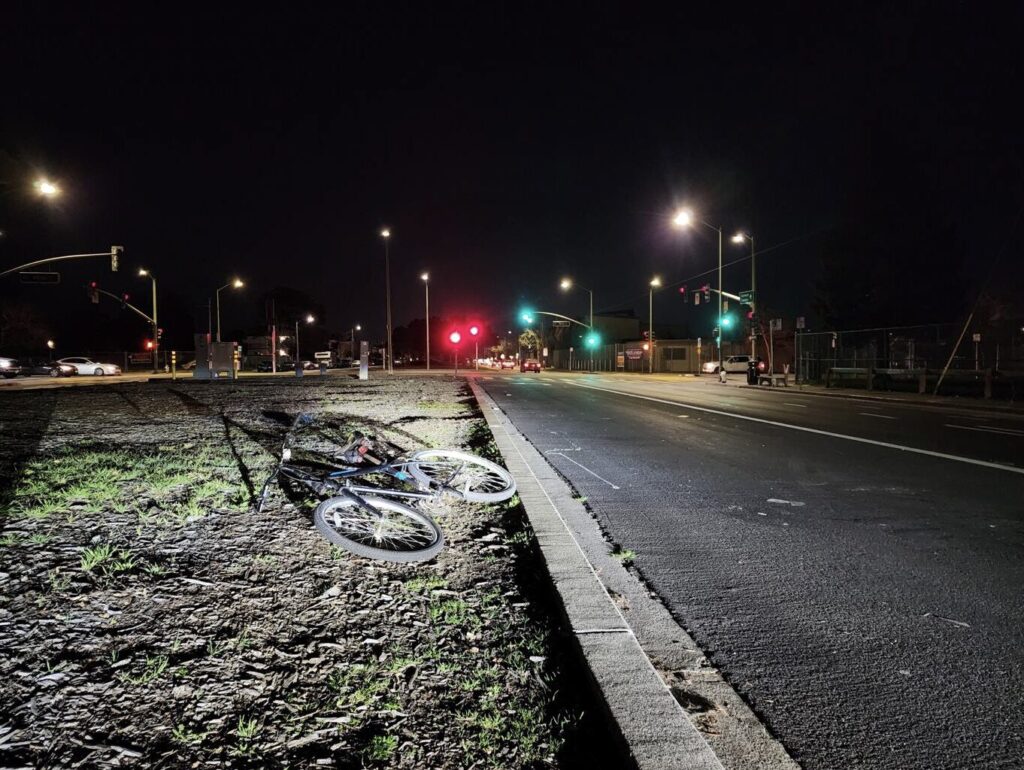


CURYJ
CURYJ (pronounced ‘courage’) unlocks the leadership of young people to dream beyond bars. We look to young people to lead the way in transforming our communities by investing in their healing, aspirations, and activism.



CURYJ PROGRAMS
Community Healing
Homies 4 Justice
Life Coaching
Participatory Defense
Policy
The Firsthand Framework
Process
Click each step to learn more
We partnered with six organizations to reach nine different communities of Oakland residents
defined across
- geography (e.g., neighborhoods, housing developments, proximity to parks)
- identity (e.g., shared race, ethnicity, nationality and/or language)
- association (e.g., membership in institutions like churches or civil society organizations)
- and shared experiences (e.g., formerly incarcerated, violent crime survivor, refugee)
Alongside our partners, we conducted 24 focus groups with a total of 330 participants.
Each focus group invited residents to discuss the signs and signals that they are already using to assess both the presence and absence of public safety in their community.
Next, we convened larger town halls with each community, totaling about 550 participants.
During town halls, we presented the full list of indicators and asked participants to vote for those that most closely reflected their own experiences of safety.
We coded and analyzed these Firsthand Indicators to paint a vivid and multi-dimensional picture of community safety.
Together, the Indicators reveal the interdependent processes that promote and hinder safety at the community level.
Together with Oakland’s Department of Violence Prevention (DVP), we are using the Firsthand Indicators to identify promising points of intervention.
The Indicators can help DVP promote solutions that differ from traditional public safety policies, which are focused primarily on policing and incarceration.
Finally, we will work with DVP to deploy the Firsthand Indicators as quantitative measures to track progress and evaluate reforms.
The Indicators can be measured using a combination of observational, survey, and administrative data, providing alternatives to top-down metrics of what constitutes “success.”
Explore CURYJ Data
Firsthand Framework Stories

Safety Indicator: Police and more violent and aggressive with black and brown people
“Sometimes when we think about police agression we dont think about agression being an act of numbness to communicates of color when crissi happens. 98th and Bancroft is one of the busiest intersections in Oakland California where the lights divide the flats where low-income families live and the hills where houses and higher-income communities live. This evening was cold, dry and city lights were green, yellow, red whre working as usual. Driving down this intersection and making a left is common for folks going to the 580 freeway however, this specific night I remember it as yesterday. A black tall skinny man usualy stands in the middle asking for one dollar. The one night I drive down to make a left and head down to the freeway I seen him layed next to hes bike that was standing up by the bike kick stand and hes feet where hanging off the middle part, everyone was driving by nobody honked nobody stopped to check in on their potential neighbor because when I mean this man is always standing outside asking for a dollar I am serious about that. I was the one who stopped honked and relized he was unresponsive and must have overdosed. I called 911 dispatch and they called the fire department. The firedepartment drove by and missed me because the interaction is supper dark at night. I called back and they sent out the firefighters again and they finally found him. I was standing their watching them giving him narcan but he was still laying their with hes eyes closed, I pulled up closer with my beams on.
The ambulance came and I watched them pull out the stretcher, 4 men lifting hes body onto the stretcher and taking him inside the ambulance. The oakland police department pulled up I thought they wher going to talk to me but they did not even take my name down all they said to each other is he was a “dropper” this made me cry because I relized how numb our community is to people who ask for money on the streets, This could have been your neighbor your friends, someone’s child.”

Safety Indicator: You can name a lot of people who have been killed by police
“My brother Erik, age of 22, was shot and killed 50 times by California Highway Patrol in the Summer of 2020. His birthday was a month ahead, he would’ve been 23 that year. I carry my brother’s spirit with me everywhere I go, and his spirit was around us a lot when he first passed. In Oakland, we love to celebrate peoples’ lives we have lost, and we celebrate their life with love, laughter and tears. We burn sage, and other kinds of medicine. We burn candles and share stories. We pop bottles and smoke, to cope with the pain of our losses. That summer will never be forgotten. It was a crazy year around the world as well, we were already into COVID and George Floyd was killed a week before in the summer of 2020. We’re almost three years now into COVID and three years since my brother’s passing, and it feels like it was yesterday he was just here.”